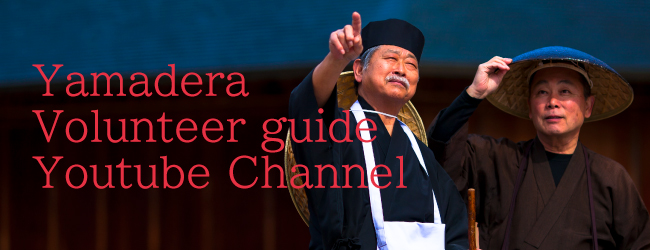Asagao ni (With Morning Glories), haiku poem and painting (replica) Hanabusa Itcho, painting; Matsuo Basho, calligraphy Tenna period (17th century) (Original: Tenri Central Library, Tenri University)

Asagao ni (With Morning Glories), haiku poem and painting (replica)
Hanabusa Itcho, painting; Matsuo Basho, calligraphy
Tenna period (17th century)
(Original: Tenri Central Library, Tenri University)
This work is an example of a gasan, which refers to a painting in which calligraphy or a poem is directly inscribed.
The painting on this scroll is the work of Hanabusa Itcho, an Edo-period painter who enjoyed widespread popularity during the late 17th and early 18th centuries. In the painting, a morning glory vine droops gracefully from a bamboo flower vase, and overlapping this tendril in the center of the painting is a small piece of paper containing a haiku poem written and signed by Basho himself.
asagao ni / ware wa meshi ku / otoko kana
with morning glories / a man eats breakfast / – that is what I am*
This poem, which evokes the image of a plain man of unassuming habits enjoying a view of morning glories as he sits down to his early breakfast, was written as a rebuke to the “firefly poem” composed by Basho’s disciple Kikaku: kusa no to ni / ware wa tade ku / hotaru kana (within the grassy gate / a firefly eats nettles / – that is what I am*). In contrast to Kikaku’s poem, which expresses his fondness for composing poems and frolicking night after night like a firefly, Basho’s haiku shows his appreciation for the simple and humble life.
*translations: Makoto Ueda
